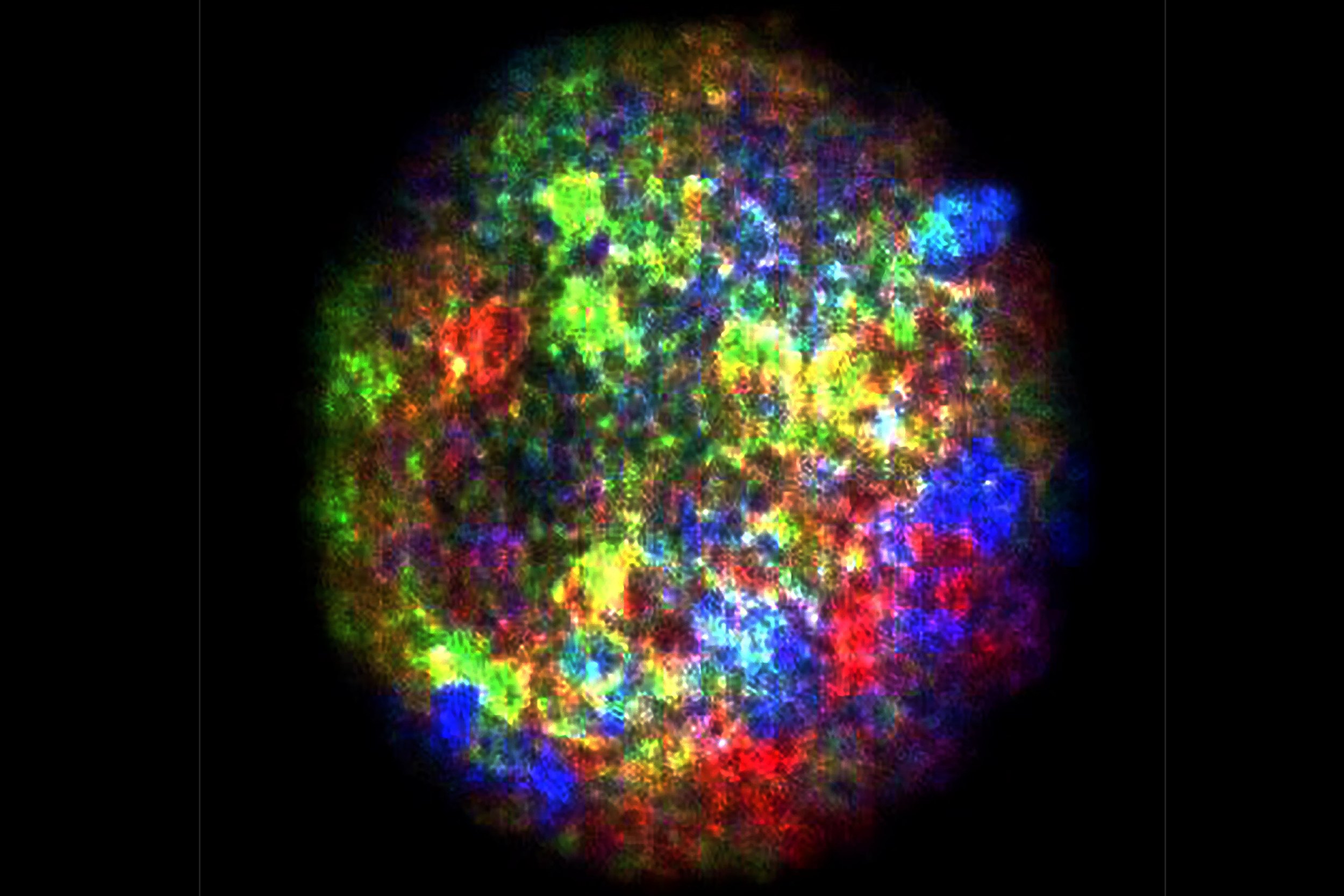UNC Lineberger researchers led by Timothy R. Gershon, MD, PhD, reported preclinical findings in the journal Development that show promise for targeting a gene linked to microcephaly in infants as a treatment for medulloblastoma.


University of North Carolina Lineberger Comprehensive Cancer Center researchers have identified a potential new treatment for brain cancer by learning from a rare condition that can cause microcephaly.
An extremely rare, inherited genetic disease known as Seckel syndrome causes microcephaly, which is a condition in which infants are born with an abnormally small head. Microcephaly is also caused by infection with Zika and other viruses during pregnancy, malnutrition, and other genetic disorders. In a study in the journal Development, UNC Lineberger researchers report preclinical findings showing promise for targeting a gene linked to microcephaly in infants as a treatment for medulloblastoma.
“We think these two very different conditions can actually tell us something about each other,” said Tim Gershon, MD, PhD, a UNC Lineberger member and an associate professor in the UNC School of Medicine Department of Neurology. “If we can understand how this genetic condition limits brain growth to cause microcephaly, can we take that same process and apply it to try to block brain tumor growth?”
Medulloblastoma is a fast-growing cancer that develops in the cerebellum, and is the most common malignant brain tumor in children. The cerebellum controls balance for walking and standing and is one part of the brain that continues to grow and develop after birth. Since Seckel syndrome can cause microcephaly, which is a condition of inadequate brain development, researchers wanted to exploit what’s known about the disorder to treat brain cancer, which is a condition of abnormal brain growth. Seckel syndrome has been linked to a mutation in the gene Atr.
“The genes required for cells to proliferate in the developing brain may also be required for brain tumors,” Gershon said. “We believe that if we can understand how mutations in these genes cause microcephaly, we can also learn new ways to treat brain tumors.”
Gershon’s team found that genetic deletion of Atr in mice reduced cerebellar growth by causing the death of dividing cells called neural progenitors. These cells are not only important for brain growth, but can also be cells of origin for medulloblastoma. Deleting Atr in transgenic mice prone to developing a specific type of medulloblastoma completely blocked tumor growth, showing that this type of medulloblastoma, like neural progenitors, require ATR to survive.
To build on the findings, the researchers collaborated with Alexander Kabanov, PhD, DSc, UNC Lineberger member and Mescal S. Ferguson Distinguished Professor in the UNC Eshelman School of Pharmacy and Marina Sokolsky, PhD, research assistant professor in the school. The collaborators packaged an existing, investigational ATR inhibitor into nanoparticles that can pass from the blood to the brain. They found that the nanoparticle-formulated drug mimicked the effect of Atr deletion by causing cell death in cerebellar progenitors. The preclinical findings suggest that these ATR inhibitors may be an effective new form of chemotherapy, Gershon said. They also reported that their findings support recent studies showing that ATR inhibition also does not damage other neurons that have already differentiated, and are not dividing.
“Our formulation has the promise to deliver a very high dose of chemotherapy into the tumor in a controlled manner, with lower side effects,” Sokolsky said. “We will focus on further optimization and preclinical development of the formulation with the goal of advancing it to the clinic.”
The researchers said more work is needed to understand potential safety and side effects of the investigational treatment throughout the body, as well as to further study its impact on medulloblastma.
“Current therapies for medulloblastoma not only fail to treat all patients, but they’re extremely toxic in children, and lead to devastating side effects like early strokes, growth delay, and mental retardation,” said the study’s first author Patrick Lang, a UNC School of Medicine medical and doctoral student. “So the fact that we’ve identified a drug that shows promise in targeting this type of brain tumor is significant and exciting.”
ATR is important to repairing DNA in dividing cells – a process that’s particularly important in cells in the growing brain. When they block or delete Atr, the researchers found there is so much damage to DNA that cells cannot survive, resulting in insufficient growth in the cerebellum. The 21st issue of the journal Development will feature an image of damaged chromosomes from Atr-mutant progenitors on the cover.
“A certain amount of DNA damage can help cancer cells by allowing them to mutate and adapt to avoid destruction,” Lang said. “However, too much damage pushes the cancer cell toward its own demise. In the normal cerebellum, deleting Atr increased DNA damage and cell death, and it also seemed to be doing it in brain cancer that develops in the cerebellum.”
After they deleted Atr, the cells made “giant chromosomal errors” that were unsustainable.
“We think that with Atr deletion, there is so much incorrect copying of DNA that it produces a burden of mutation that even cancer cells can’t tolerate,” Gershon said.
In addition to Gershon, Lang, Sokolsky, and Kabanov, study co-authors also include: Gouri J. Nanjangud, Christine Shaw, Duhyeong Hwang and Joel S. Parker.
The study was supported by the National Institute of Neurologic Disorder and Stroke, the National Cancer Institute, and The Alex’s Lemonade Stand Foundation.
